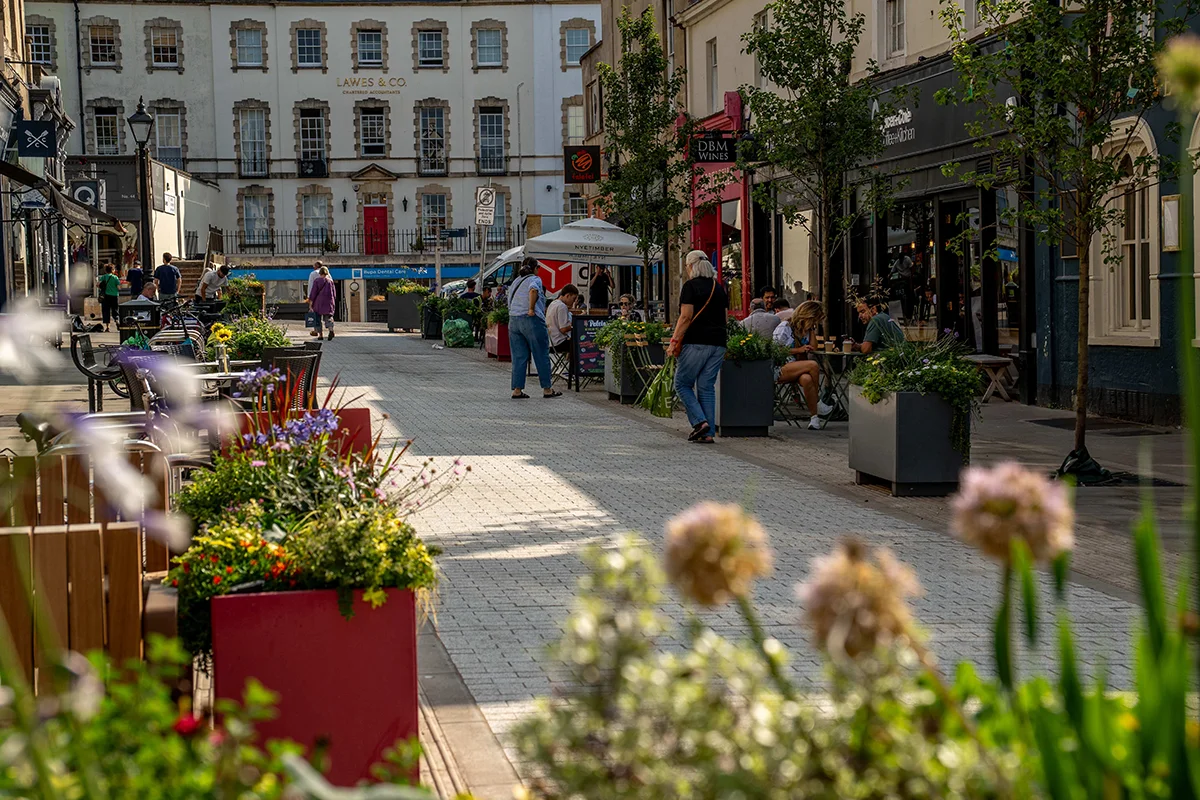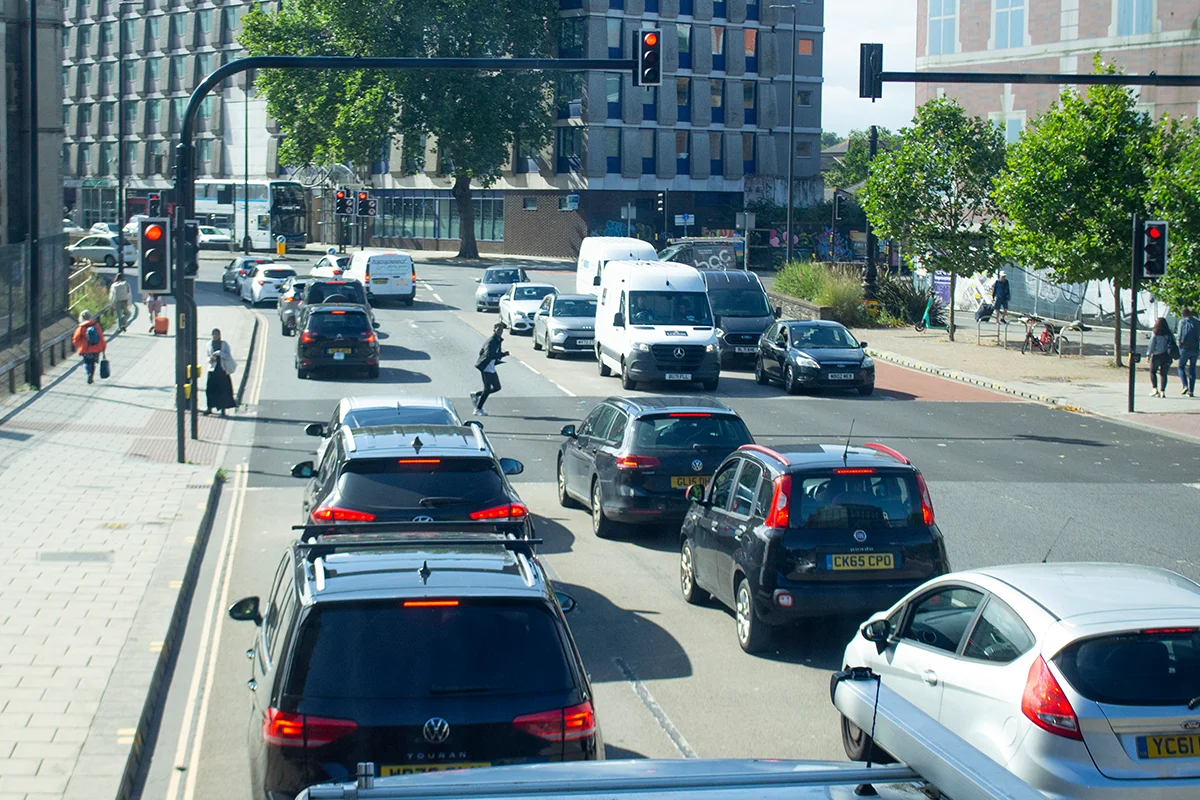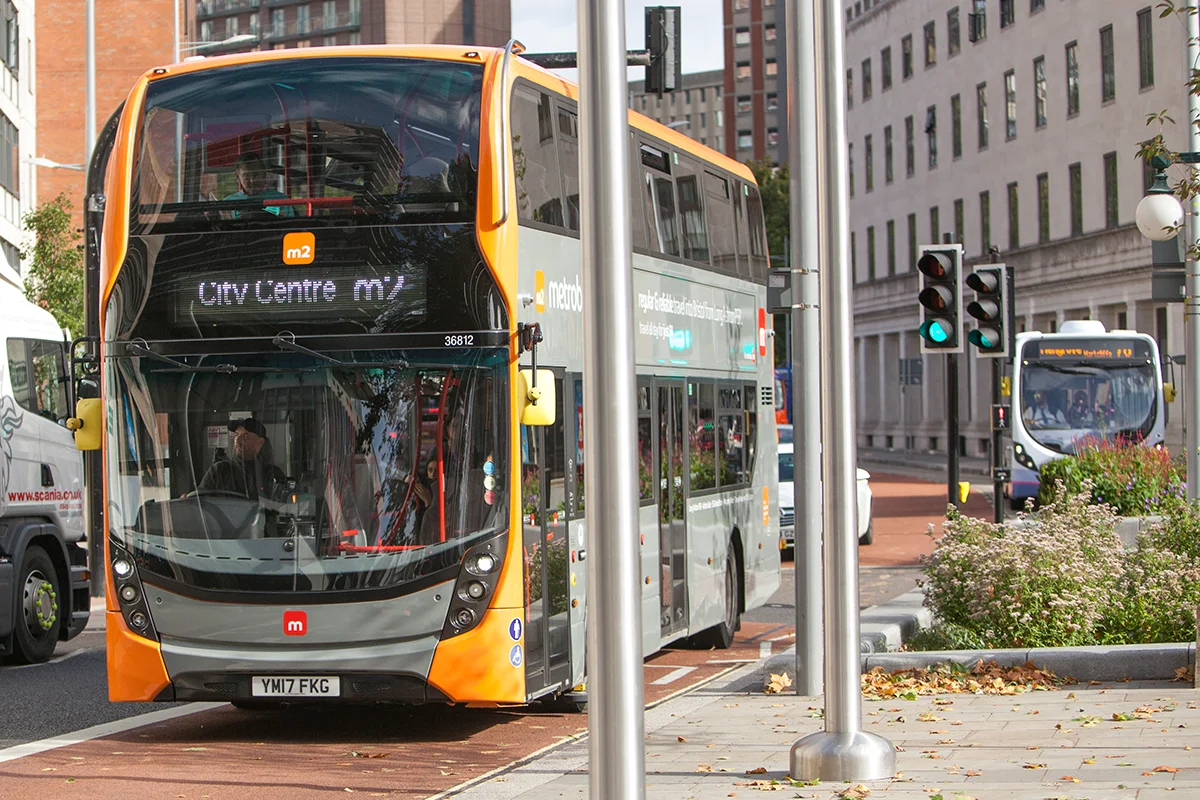
Improving public spaces
In Bristol, we are using the money to make bus travel more reliable and create a safer and more pleasant environment for pedestrians and cyclists.
We are also improving public spaces with planting, seating, wider pavements and some traffic-free spaces, to create places where people want to meet, spend time, and support their local high streets.
This will help us to tackle growing congestion, make the air we breathe cleaner, and help to meet Bristol’s climate targets.
By changing the way motor vehicles travel through the city centre, we are also preparing the way for major housing developments that will see thousands more people calling Broadmead home.
Projects
Bristol on the Move features information and construction updates on three major transport corridor projects in Bristol. These are:
- City Centre – covering Broadmead, Bedminster Bridges, Redcliffe Way, Bond Street and Temple Way.
- A4 Portway – a six-mile stretch of the A4 from Portway Park & Ride, along the Avon Gorge, to Hotwells, finishing near the Mardyke Wharf car park.
- Bus Route 2 – a 13-mile route along the A37 and A4018 connecting Henbury and Stockwood via the city centre.
The A4 Bath to Bristol project is being led by the West of England Mayoral Combined Authority. They ran a consultation towards the end of 2025 on their revised plans for part of the route, which includes new bus and cycle lanes and pedestrian crossings. Find out more about the A4 Bath to Bristol proposals
For all other streets and travel information in Bristol, go to Bristol City Council’s website.

Why we need to improve our transport network
Congestion, and its effect on air quality, is a major problem in Bristol.
Our road network is at capacity and will be under more pressure from growth in housing, jobs and regeneration.
To be an attractive place to live, work and visit, we need a transport network that enables people to move around efficiently with increased sustainable transport options that are available to all.
Investing in the city’s transport network will give people more travel options when deciding how they get about.
We can also support local economies and improve people’s health and quality of life.
Funding
The transport corridor projects are being funded by the UK Government through the City Region Sustainable Transport Settlement, secured by the West of England Mayoral Combined Authority.
This funding aims to decarbonise transport and encourage people to use public transport and to walk and cycle more. It cannot be used for ongoing maintenance of roads or on other council services, such as housing.
The wider region
These projects have evolved from opportunities identified in the Joint Local Transport Plan 4.
Led by the Mayoral Combined Authority – working with Bristol, Bath & North East Somerset, North Somerset and South Gloucestershire councils – the Joint Local Transport Plan 4 was published in March 2020. It sets out the vision for transport in the region up to 2036 and shows how we aim to achieve a well-connected, sustainable transport network.
Transport corridors
A transport corridor is a route, usually linear, for the efficient movement of goods and people between two or more locations.
These corridors often include multiple modes of transport, such as cars, buses, Park & Ride services, and trains.
They are strategically developed to support economic activity, trade, and regional connectivity.
Active travel
Active travel is any form of travel that involves physical activity – typically walking, wheeling (using a wheelchair), or cycling – especially for every day journeys like commuting, school runs, or errands.
It promotes healthier lifestyles, reduces traffic on the network, lowers carbon emissions, and supports more sustainable and liveable communities.
Sustainable transport
Sustainable transport means ways of getting around that are better for the environment, people’s health, and the economy.
It includes walking, cycling, public transport, and electric or low-emission vehicles. The goal is to reduce pollution, traffic, and energy use while making travel safer and more accessible for everyone.
